In recent years, the aviation industry has grown significantly, with airlines all over the world pursuing more fuel-efficient and technologically sophisticated aircraft. Boeing Co. has announced an increase in production and plans to expand its Charleston, South Carolina, facilities in order to fulfil the increased demand for its widebody 787 Dreamliner aircraft. The decision comes as the aerospace company works to deliver orders and preserve its position as an industry leader.
Boeing Boosts 787 Dreamliner Production
Boeing has chosen to increase the monthly production rate of its 787 Dreamliner from three to four aircraft. This increase will enable the corporation to satisfy current demand while also reducing order backlogs. Boeing, on the other hand, has even more ambitious plans for the future, hoping to increase production to five jets per month by the end of the year. After producing Dreamliners at a slower pace earlier in the year, the firm stated in April that it had stabilized 787 production at three aircraft per month.
Charleston, South Carolina, Production Facility Expansion
Boeing intends to establish a second manufacturing line at its Charleston, South Carolina, facilities to handle the higher production pace. This extension will offer the capacity and infrastructure required to accommodate the increased output. Additionally, the business is working on updating inventory on 787s at the Charleston location to satisfy the US Federal Aviation Administration's (FAA) safety regulations.
Benefits of Increased Production
Boeing and its stakeholders will benefit from the decision to boost production in various ways. For starters, it enables the corporation to satisfy growing client demand for the 787 Dreamliner. Airlines are looking for more efficient and comfortable aircraft, and the technological features of the Dreamliner make it an appealing option. Boeing can ensure timely delivery and customer satisfaction by increasing output.
Considerations and Challenges
While boosting production is an important milestone for Boeing, it also brings with it some novel concerns and considerations. Supply chain management is one of the most important elements. Boeing relies on a complex network of suppliers to supply the Dreamliner with the essential components and materials. To minimize production delays or disruptions, it is critical to manage the increased volume and provide a continuous supply.
Positive Impact on the Aerospace Industry
The move by Boeing to enhance production and expand its facilities has larger implications for the aerospace sector. For starters, it directly and indirectly provides employment possibilities as the firm recruits additional personnel and supports economic growth in the communities where its facilities are situated. This employment generation has a good impact on the surrounding communities, assisting companies and raising living standards.
Conclusion
Boeing's decision to boost the 787 Dreamliner production pace and expand its facilities in Charleston, South Carolina, illustrates the company's commitment to satisfying customer demand and enhancing its market position. Boeing intends to meet rising demand for its fuel-efficient and technologically sophisticated aircraft by increasing output and building a second production line.
With Inputs from Reuters
Read next
Air Canada's Partnership with PAL Airlines: Boosting Regional Capacity and Connectivity
Abhishek Nayar
31 May 2023
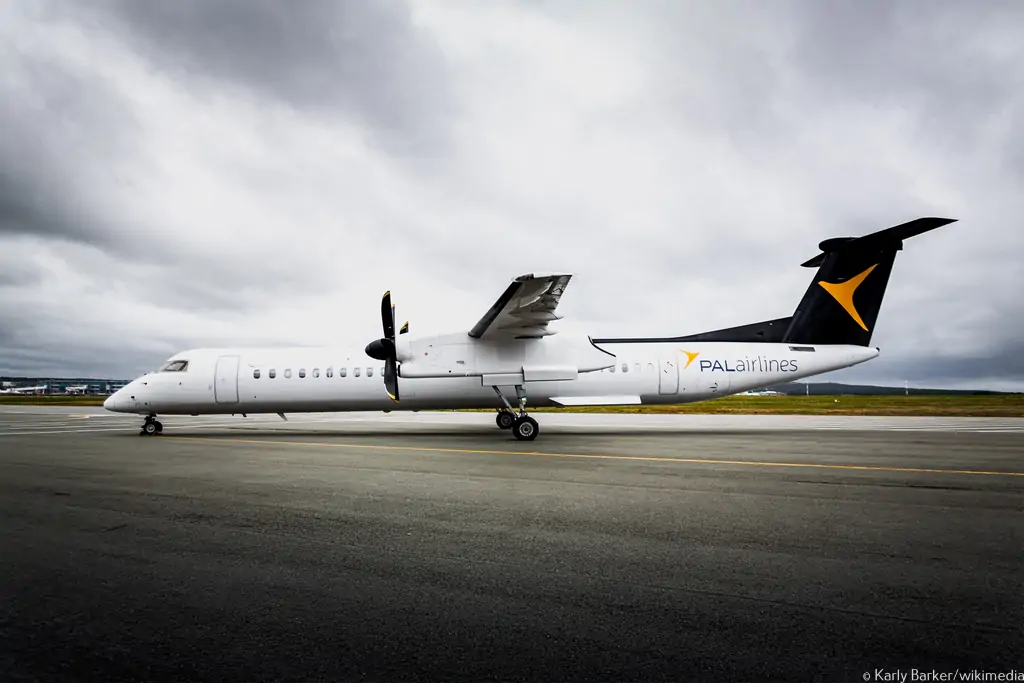
The aviation industry constantly evolves, with airlines seeking novel approaches to expand their reach while offering improved services to passengers. Air Canada, one of Canada's premier airlines, has long been dedicated to expanding its regional network. Air Canada has entered into a deal with PAL Airlines, a regional carrier operating primarily in eastern Canada, to achieve this objective.
Air Canada's Partnership with PAL Airlines
Air Canada has established a partnership with PAL Airlines, clearing the path for additional capacity and improved connectivity in its regional network. The two airlines' strategic alliance intends to boost Air Canada's position in eastern Canada by offering passengers additional flying options and seamless travel experiences.
The Details of the Agreement
Acquisition of De Havilland Dash 8-400s
PAL Airlines' promise of acquiring up to six De Havilland Dash 8-400s demonstrates their commitment to expanding their fleet and service capabilities. These contemporary, fuel-efficient aircraft are ideal for regional flights, providing a good blend of passenger comfort and operational efficiency.
Operation Under Air Canada Express
After acquiring the aircraft, PAL Airlines will operate them under the Air Canada Express brand. This agreement enables Air Canada to benefit from PAL Airlines' operational expertise, resulting in a seamless and consistent travel experience for passengers on both airlines.
Eastern Canada Routes
The arrangement focuses mostly on flights in eastern Canada, where PAL Airlines has a substantial presence. Air Canada hopes that by adding these flights to its regional network, it will give passengers enhanced connections and easy travel alternatives to numerous locations around the area.
Advantages of the Agreement
The partnership between Air Canada and PAL Airlines provides various advantages to both airlines and customers.
Enhanced Capacity
Air Canada can accommodate a larger volume of passengers by adding up to six De Havilland Dash 8-400s to its regional network. This enhanced capacity allows more people to travel comfortably and conveniently, even to rural parts of eastern Canada.
Regional Network Enhancement
This arrangement will have a substantial impact on Air Canada's regional network. The acquisition of PAL Airlines flights broadens Air Canada's reach, allowing it to serve a greater choice of destinations and communities in eastern Canada.
Increased Connectivity
Passengers will benefit from enhanced connections between several eastern Canadian cities and communities. Air Canada and PAL Airlines' partnership means that travellers may easily visit different locations without having to make several transfers or layovers. This seamless travel experience improves the comfort and flexibility of travelers' trips.
Passengers' Experience
The deal between Air Canada and PAL Airlines directly affects customers, providing them with a slew of advantages and opportunities.
Additional Flight Options
Passengers may expect more travel options now that PAL Airlines has joined forces with Air Canada. The new aircraft and routes contribute to a more extended flight schedule, giving travellers a larger selection of departure times and destinations within eastern Canada.
Convenience and Flexibility
Passengers will benefit from additional convenience and flexibility as a result of the improved connection and enlarged regional network. Whether travelling for work or pleasure, customers can choose the best flights based on their schedules and preferences, making their travel experiences more personalized and convenient.
Traveling Effortlessly
This agreement reinforces Air Canada's commitment to offering a smooth travel experience. Passengers may switch between Air Canada and PAL Airlines flights with ease, maintaining the same level of service, comfort, and reliability throughout their journey. This agreement guarantees that travellers have a uniform travel experience from the time they buy their tickets until they arrive at their final destination.
Conclusion
The agreement signed between Air Canada and PAL Airlines is a significant step forward in the growth of the airline's regional network. The acquisition of up to six De Havilland Dash 8-400s, which will be operated under the Air Canada Express brand, would increase the airline's capacity and connectivity in eastern Canada. Passengers will benefit from more flight alternatives, more convenience, and more seamless travel experiences. This strategic relationship emphasizes the importance of regional partnerships in the aviation sector, which will eventually result in a better travel ecosystem for everybody.
With Inputs from Market Watch
Read next
When it comes to gauging the health of the aviation industry, monitoring airport traffic statistics is critical. It serves as a barometer for evaluating activity levels and gives significant insights into the industry's recovery process. The Port Authority of New York and New Jersey recently announced April traffic figures for the region's three major airports, JFK, EWR, and LGA. These figures reflect a noteworthy surge in international travel demand and provide encouraging indicators for the industry's recovery.
A Brief Overview of the Three Airports
Before we get into the intricacies of the traffic data, allow us to become acquainted with the three airports in question. John F. Kennedy International Airport (JFK) is located in Queens, New York, and is one of the busiest airports in the United States. It is an important hub for both domestic and international travel. Newark Liberty International Airport (EWR), in Newark, New Jersey, is another major hub serving the New York metropolitan region. Finally, LaGuardia Airport (LGA), which is situated in Queens, is well-known for its closeness to Manhattan and is a popular alternative for domestic travelers.
Detailed Passenger Numbers for Each Airport
During April, the three main airports, JFK, EWR, and LGA, welcomed an outstanding total of twelve million passengers. This enormous statistic indicates a crucial milestone in the aviation industry's continued recovery, indicating an upward trend following the pandemic-induced depression. The John F. Kennedy International Airport, Newark Airport, and LaGuardia Airport all exceeded passenger traffic levels by 1%, 6%, and 3%, respectively, compared to the previous month's pre-pandemic April 2019. JFK served 5.2 million passengers, Newark served 4.2 million, and LaGuardia served 2.7 million.
Factors Influencing Passenger Volume Increase
A number of factors have contributed to the increase in passenger flow at New York airports:
International Flight Resumption: Due to the relaxation of travel restrictions and the reopening of borders in several countries, airlines have been able to resume a substantial number of international flights. This has given travellers additional alternatives and boosted their desire to fly.
Vaccine Rollout and Travel Restrictions: The effective rollout of COVID-19 vaccines has boosted traveller trust and played a critical role in relaxing pandemic-imposed travel restrictions. Vaccinated people now have more flexibility to travel, resulting in a rise in passenger numbers.
Conclusion
The Port Authority of New York and New Jersey's April 2023 traffic figures exhibit a positive trend in the aviation industry's comeback. The 8% rise in international travelers at JFK, EWR, and LGA airports demonstrates increased passenger confidence. With JFK, Newark, and LaGuardia airports breaking their prior April 2019 records, it is clear that air travel is gradually returning to pre-pandemic levels. These figures demonstrate the airports' resiliency and the aviation industry's perseverance.
With Inputs from Cirium
Read next
Climate change is a pressing global issue that demands cross-industry collaboration. Recognizing the need to actively contribute to environmental sustainability, the Qantas Group established the Qantas Climate Fund. This fund will provide critical assistance to initiatives and technologies that reduce emissions and help the Group meet its ambitious ecological targets.
The Qantas Climate Fund: An Overview
The Qantas Group, one of the world's premier airlines, has announced the foundation of the Qantas Climate Fund, a significant step towards combating climate change. This ground-breaking initiative, announced at the Group's Investor Strategy Day, aims to allocate AUD$400 million in direct investments in sustainability initiatives and technological advances. The Qantas Climate Fund, the world's largest aviation fund of its type, illustrates the airline's commitment to minimizing emissions while fostering a sustainable future.
Addressing Emissions Reduction Targets
The Vitality of Sustainability Projects and Technologies
To prevent the negative consequences of climate change, it is critical to adopt sustainability programmes and technology across all industries. The aviation sector, which accounts for a large amount of greenhouse gas emissions, must actively seek carbon-reduction methods. The Qantas Climate Fund recognizes this need and works to sponsor efforts that reduce emissions.
The Importance of Direct Investments
Qantas emphasizes the value of proactive engagement in sustainability programmes by establishing a climate fund dedicated to direct investments. Direct investments offer the resources required for the development and implementation of cutting-edge technology, allowing the aviation sector to move towards a more sustainable future. The Qantas Climate Fund is a real move taken by the airline to assist and expedite the implementation of these solutions.
The Qantas-Airbus Partnership
Accelerating the Sustainable Aviation Fuel Industry
Qantas formed a historic agreement with Airbus in 2022, spending AUD$290 million to accelerate the formation of a domestic sustainable aviation fuel (SAF) industry in Australia. This alliance intends to revolutionize aviation fuel manufacturing by concentrating on environmentally friendly options that dramatically minimize emissions. The Qantas Climate Fund will continue to support this collaboration, helping to foster growth in the SAF industry and ensure a sustainable supply chain.
Domestic Impact and Global Leadership
The partnership between Qantas and Airbus helps not only the domestic aviation sector but also positions Australia as a worldwide leader in sustainable aviation. By investing in local SAF manufacturing, the alliance helps to create jobs, promote technology, and lower Australia's carbon footprint. This joint endeavor exemplifies the Qantas Group's commitment to environmental leadership and serves as an example for the global aviation sector.
Calling for a Sustainable Aviation Fuel Mandate
SAF is the most important technique now available to airlines for reducing emissions, especially because it can be employed in today's engines and fuel supply infrastructure with no changes.
Additional Environmental Initiatives
Aside from the collaboration with Airbus, the Qantas Climate Fund will invest AUD$110 million in other environmental projects. These programmes address multiple facets of sustainability and attempt to influence change within the aviation industry. Among the prominent efforts are:
High-Integrity Carbon Offsets
The Qantas Climate Fund will invest in high-integrity carbon offset initiatives to offset unavoidable emissions. These programmes follow tight regulations and guidelines to ensure that emissions are properly balanced by activities including reforestation, renewable energy initiatives, and sustainable land management practices. The fund's support for high-integrity carbon offsets reflects its dedication to genuine mitigation of emissions.
Offshore Sustainable Aviation Fuel Investments
The Qantas Climate Fund will invest in offshore sustainable aviation fuel projects to help accelerate the global transition to sustainable aviation. Qantas hopes to accelerate the global adoption of sustainable fuel alternatives by providing monetary assistance for international initiatives. This investment will fuel technical improvements and help make the aviation sector more sustainable across the world.
Operational Efficiency Technologies
In the aviation industry, operational efficiency is a major component of minimizing emissions. The Qantas Climate Fund will invest in the research and deployment of operational efficiency technology. These technologies include a variety of breakthroughs, such as enhanced aircraft systems, optimized flight planning, and enhancements to ground operations. Qantas seeks to mitigate its environmental impact and increase sustainability by prioritizing operational efficiency.
Thoughts
As part of the airline's 2023 Investor Day, Qantas Group Chief Sustainability Officer Andrew Parker announced the increased sustainability investment.
Conclusion
The Qantas Climate Fund demonstrates the Qantas Group's commitment to environmental sustainability. This ground-breaking fund will support sustainability initiatives and technology with a substantial investment of AUD$400 million, establishing Qantas as a worldwide leader in the battle against climate change. Qantas aspires to meet its emissions reduction objectives while also supporting a cleaner aviation sector by committing resources to the development and implementation of new solutions.
With Inputs from Qantas
Read next
Boeing is working on a deal to sell at least 150 737 Max jetliners to Saudi Arabian startup Riyadh Air, Bloomberg News reported. The new carrier, wholly owned by Saudi Arabia's Public Investment Fund (PIF), is looking for about 300 to 400 single-aisle jets in total, the report said, citing people familiar with the matter. Airbus SE could also claim a part of the order, the report added.
Boeing declined to comment, while Riyadh Air and PIF did not immediately respond to Reuters requests for comment. Boeing previously won another order from state-owned airline Saudia and Riyadh Air for a combined 78 Boeing 787 Dreamliners, the fifth-largest commercial order by value in the plane maker's history.
Owned by Saudi Arabia's Public Investment Fund (PIF), Riyadh Air said it will purchase 39 highly efficient 787-9s, with options for an additional 33 787-9s. Based in the capital city, Riyadh Air will play a key role in growing Saudi Arabia's air transport network. The Dreamliner aircraft will be equipped with General Electric’s GEnex engines. This is Boeing's fifth biggest order historically after a massive order by Air India last month.
The first deliveries of the widebody aircraft are scheduled for early 2025. Riyadh Air will be a digitally-led full-service airline with a commitment to sustainability reflecting Saudi Arabia’s transformative projects under Vision 2030. It will operate in line with the country’s strides toward net zero emissions.
Riyadh Air is wholly owned by Saudi Arabia's sovereign wealth fund, the Public Investment Fund (PIF), which has more than USD 600 billion in assets and is the main driver of the kingdom's efforts to wean itself off oil. The airline will serve more than 100 destinations around the world by 2030 and will directly compete against Emirates and Qatar Airways.
Riyadh Air hired Tony Douglas, the former Chief Executive Officer (CEO) of Etihad Airways, to lead the company. Other notable hires include Peter Bellew, the airline’s Chief Operating Officer (COO) who has previously worked at Ryanair and easyJet, as well as Malaysia Airlines, and Vincent Coste, the new Chief Commercial Officer (CCO), who worked as the CCO at Kenya Airways and Gulf Air.
(With Inputs from Bloomberg)
Read next
Cathay Pacific Close to Order Boeing 777-8 Freighters for Partial Cargo Fleet Renewal
Radhika Bansal
30 May 2023
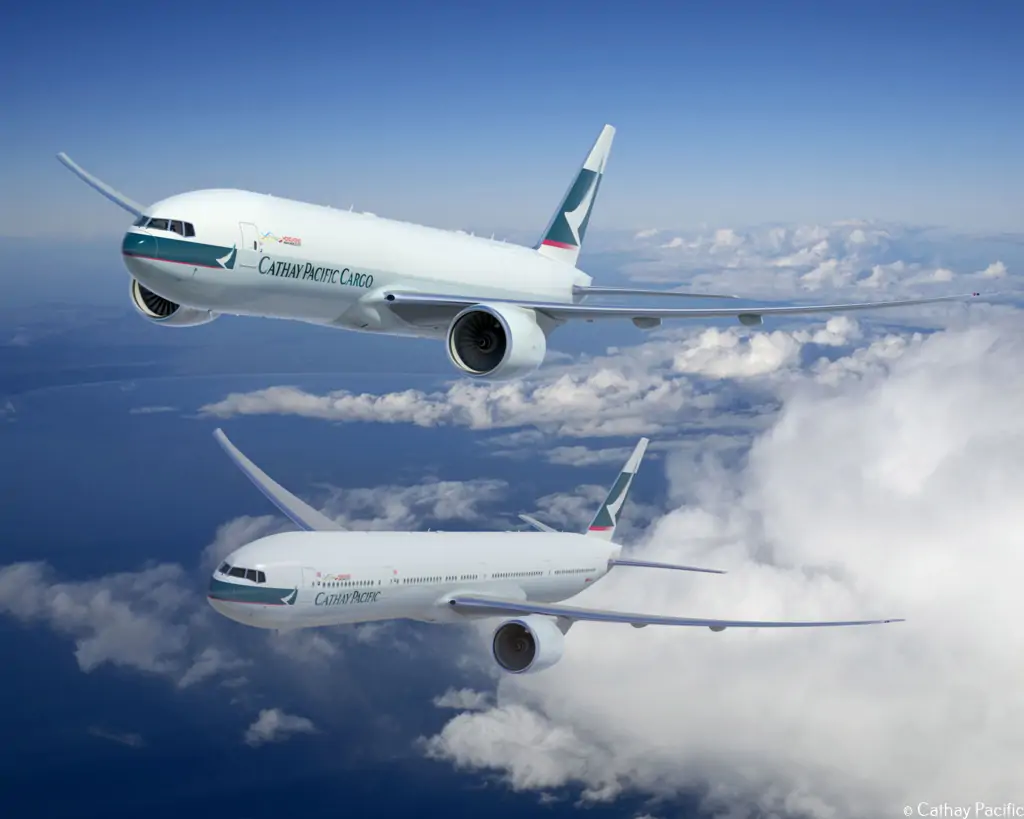
Cathay Pacific Airways Ltd is close to placing an order worth around USD 2 billion for Boeing 777-8F freighters as the Hong Kong carrier embarks on the partial renewal of a fleet of dedicated 747 cargo jets. The selection follows a hard-fought battle for the business of one of the world's top-five freight airlines, which had been comparing the all-freight version of the future Boeing 777X jet family with an upcoming cargo model of the existing Airbus A350.
According to Reuters, Industry sources have said the competition involved an initial purchase of around half a dozen aircraft worth USD 2 billion at list prices before traditional airline discounts. Cathay Pacific currently is home to six ageing 747-400F, with an average age of 15 years; this is in addition to another 14 747-800F, which have up to ten years under their belt.
Cathay Pacific said it had no immediate announcement to make. "We continue to invest in and grow our fleet with the addition of new, state-of-the-art and fuel-efficient aircraft," a Cathay spokesperson said by email. "We have no specific updates or announcements regarding the fleet at this time.”
Boeing and Airbus declined to comment on commercial discussions. Boeing launched the 777-8F freighter with an order from Qatar Airways in January 2022, six months after Airbus launched the development of the A350 Freighter in a bid to weaken its U.S. rival's traditional grip on the market for freighters.
Cathay Pacific told analysts last November it was looking at more freighter capacity and working "actively" with planemakers to acquire some of the new freighters coming up after 2025.
Situated at the heart of pre-pandemic trade lanes, Cathay's decision on where to place bets for the next phase of its cargo development is seen as a key test for the two freighters because the airline operates underlying 777 and A350 passenger models.
Cathay Pacific is the world's fifth-largest air freight carrier and the third-largest traditional freight airline behind Qatar Airways and Emirates when specialist expresses parcel carriers FedEx and UPS are excluded, according to the latest available data from the International Air Transport Association.
Cathay Pacific's Current Fleet & Orders
Cathay Pacific currently operates a fleet of 186 aircraft, with 91 currently active. The fleet includes a variety of Airbus models such as A320ceos, A321ceos, A321NXs, A330-300s, A350-1000s, and A350-900s. The airline also operates Boeing aircraft, including Boeing 777-300s, 777-300ERs, a cargo fleet of 14 747-8Fs, and six 747-400ERF freighters.
Furthermore, Cathay Pacific has pending orders for 21 Boeing 777-9s, five Airbus A350s, and ten A321NXs. The average age of the fleet is 11.5 years, with A330s being the oldest at 15.5 years, followed by A320/321ceos at 18 years, and 777-300s at 21 years.
In March 2023, Cathay Pacific experienced a remarkable 25.3% growth in cargo volumes compared to the same period in the previous year. This expansion can be attributed to the relaxation of pandemic-related aircrew quarantine measures, which had significantly impacted cargo capacity.
Cathay Pacific has 21 Boeing 777-9 jetliners on order, worth over USD 7 billion at list prices, with deliveries initially slated to begin in 2021 and stream through to 2024. However, a series of production delays to Boeing’s 777X program (which covers the large 777-9 and the smaller but longer-range 777-8) has pushed back the 777-9’s debut to 2024, to the ongoing annoyance of many airlines.
Faced with a longer wait than expected, and combined with the economic impact of Covid-19 and Hong Kong’s extended border closure, Cathay Pacific Group Chairman Patrick Healy announced in October 2020 “the delivery of the 777-9 fleet has been postponed beyond 2025”.
(With Inputs from Reuters)

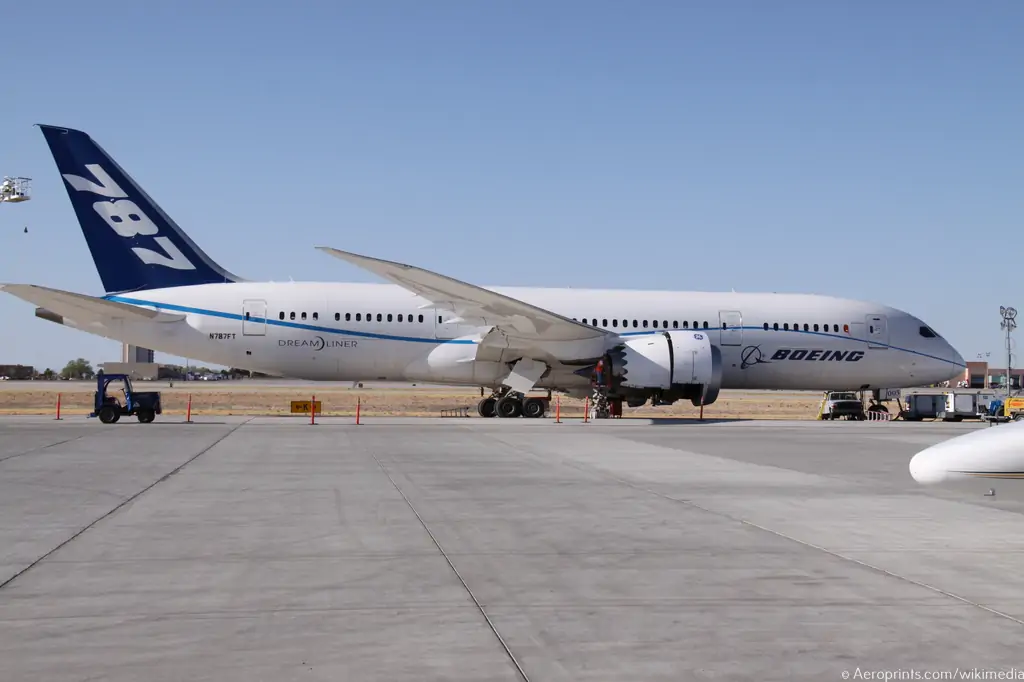
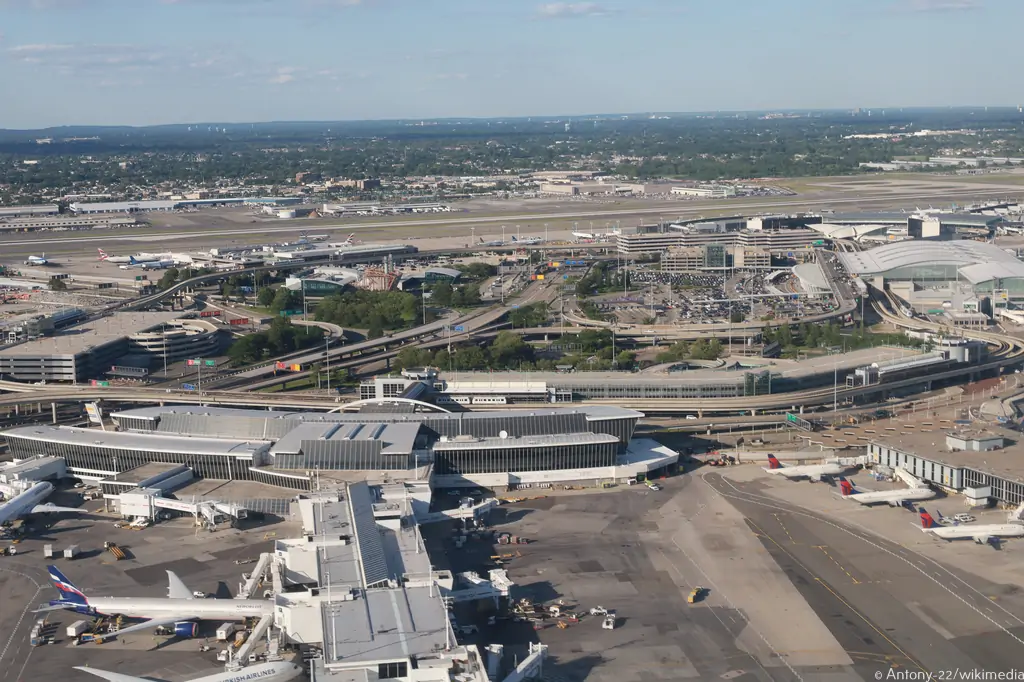
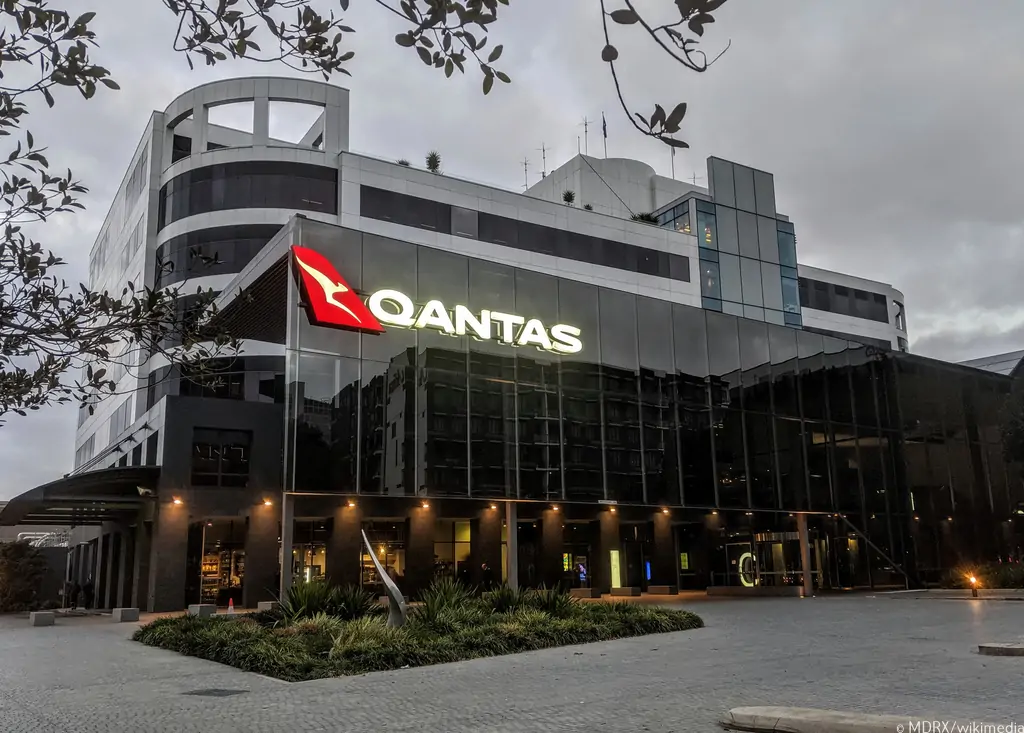


Comment